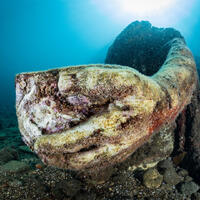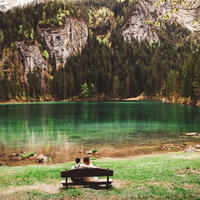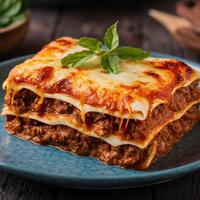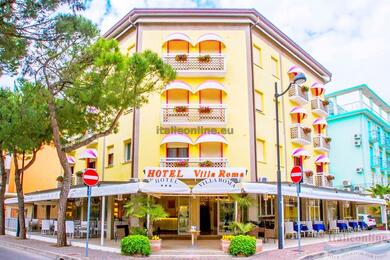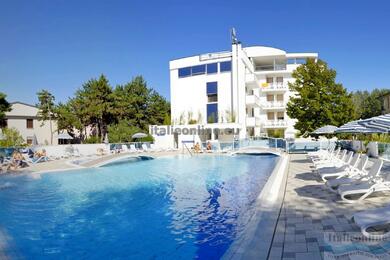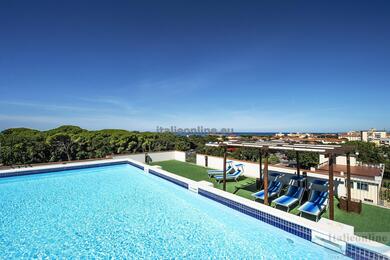The city of Turin is rich in artistic and architectural beauty with important historical monuments to see on every corner.
The symbol of the city, located in its very centre, is the Mole Antonelliana tower (that's the tower in the opening picture). It was designed by the architect Alessandro Antonelli, but was only completed by his son Costanzo. It reaches a height of 167.5 metres and currently houses the National Museum of Cinema. This museum is one of the most visited in the world, mainly due to its heritage. The interior of the entire museum spirals upwards and is divided into several levels. You can enjoy backdrops, projections, lighting effects, and many other things from the world of film. You will discover what is behind the camera and the stages of film projection.
In Turin you will also find the Museum of Egyptian Antiquities, housed in the Palazzo dell'Accademia delle Scienze.it preserves a number of statues, funerary objects, mummies, amulets, sarcophagi and many other finds. So if you are an enthusiast of ancient Egyptian civilization, go and see the treasures hidden behind the palace walls.
There are also plenty of religious buildings in Turin that will amaze you. Among them is the Cathedral of St. John the Baptist (Duomo di San Giovanni), which is the main church in the city, and it is also the only Renaissance-style church in the entire Piedmont region. Inside the building is the Chapel of the Holy Shroud, a Baroque gem by Guarino Guarini, which was even inscribed on the UNESCO World Heritage List in 1997. The chapel houses the Shroud of Turin, which some believe to be the burial shroud of Jesus Christ and therefore attracts thousands of visitors and pilgrims every year.
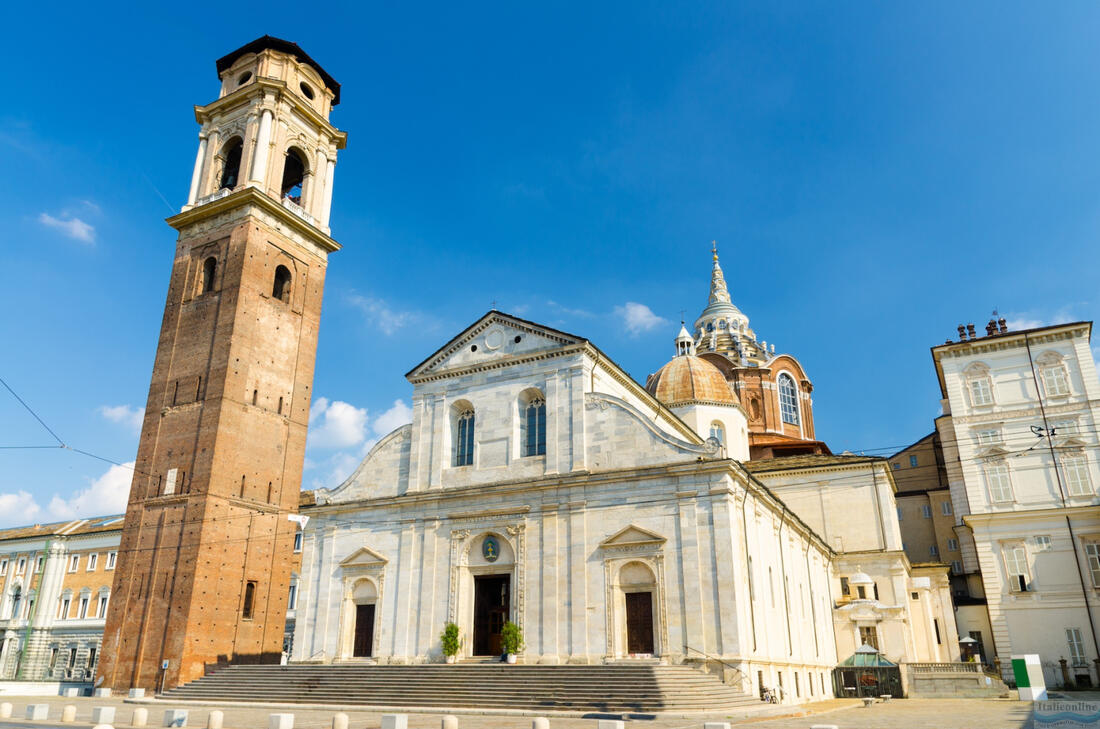
Another important monument of the city is the masterpiece of the Italian architect Filippo Juvarra, the Basilica of Superga. The majestic structure was built in the Baroque style and lies on the outskirts of the city on the hill of Monte Superga. The basilica was completed in 1726 and was inspired by some elements of the famous Italian architect Michelangelo Buonarroti and his dome - St. Peter's Basilica at the Vatican.
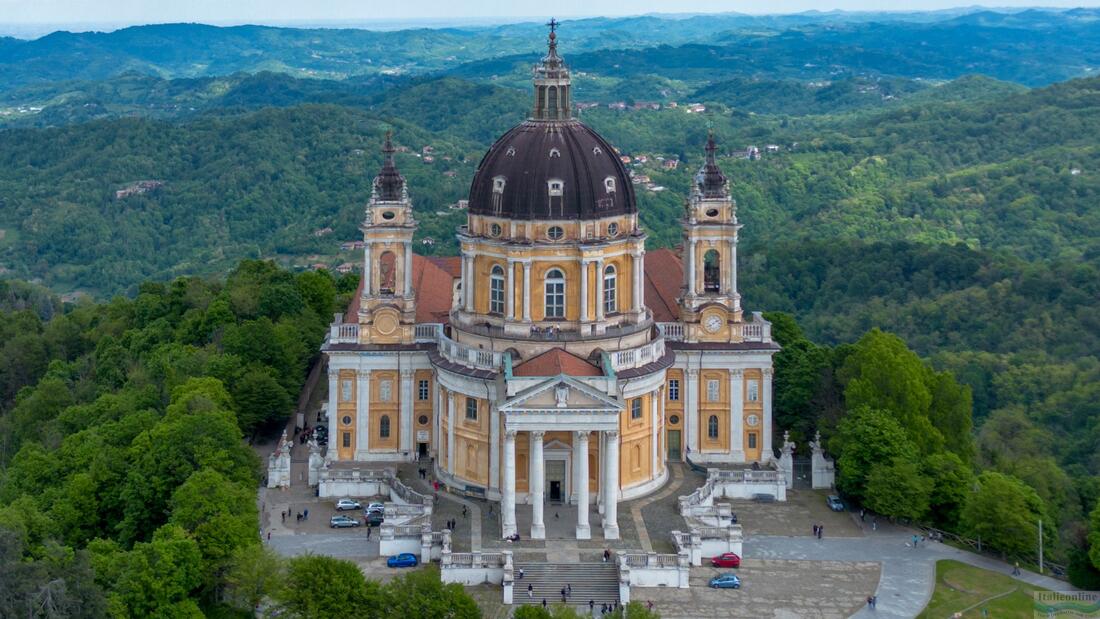
There is also a piece of green space in the city where you can escape the hustle and bustle of the city centre and rest for a while in a quiet place. Don't miss a stroll in Valentino Park, situated along the River Po. The park is a place where culture and nature mix with rich and varied vegetation. Inside, it is dominated by the beautiful fountain of the twelve months, which is decorated with twelve statues of women, each representing one month of the year. There are four other sculptures on the fountain, representing the rivers of Turin (Sangone, Po, Dora, Stura). The park also includes a medieval village(Borgo Medievale di Torino), be sure to go there. Its history is very interesting.besides the village and the fountain, you can admire the statues scattered around the park, the most important of which is the statue of Massimo D'Azeglio, former Prime Minister of the Kingdom of Sardinia.

There are many beautiful squares in Turin, full of monuments and interesting places to explore. The prettiest of the many squares is Piazza San Carlo, otherwise known by Turin residents as ''the living room of Turin''. In the centre of the piazza stands a statue of Emanuele Filiberto, and on the edge of the square are two beautiful Baroque churches - the Church of Santa Cristina and the Church of San Carlo. You need to watch your step in the square! You may step on a bronze bull. Italians are very superstitious and it is said that if you step on a bull's testicles willingly, it will bring you good luck.
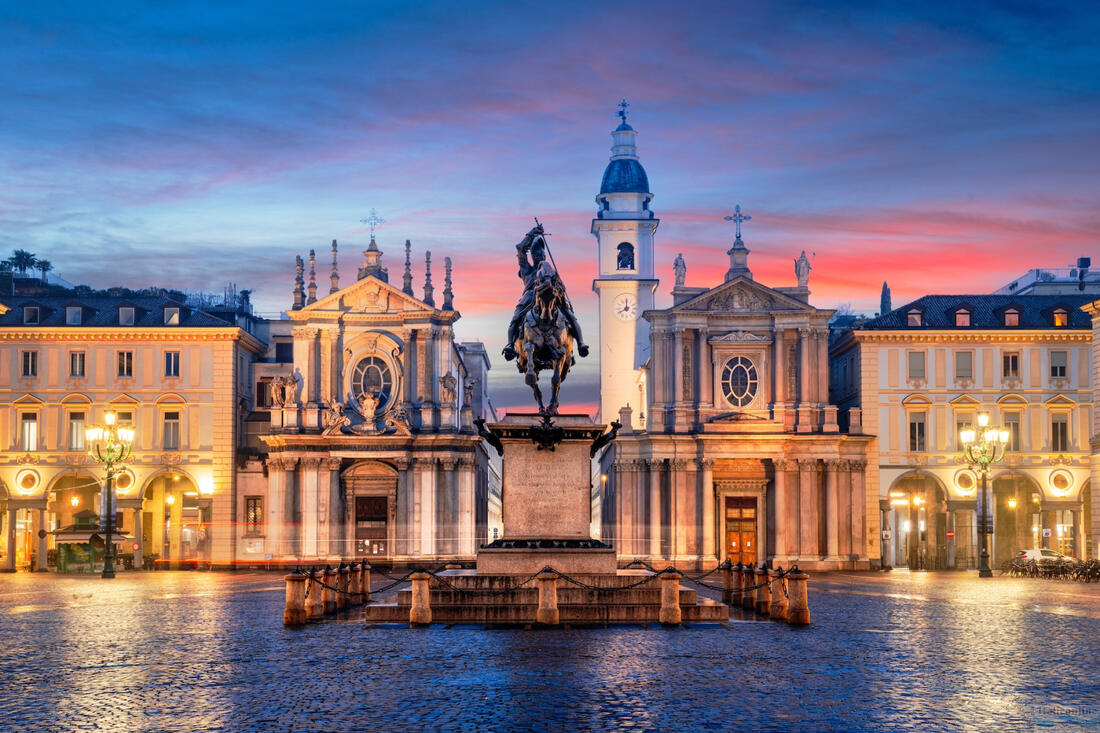
Another square worth a visit is Piazza Castello and the Palazzo Reale (Royal Palace) in the middle of it. It is the second largest square in the city and is very rich in many attractions. Here you will find the renowned Teatro Regio theatre, the seat of the Subalpine Senate, the Palazzo Madama and the Real Chiesa di San Lorenzo. Its dome is impressive, characterised by its complex and innovative structure. It contains a series of interwoven arches and windows, allowing natural light to penetrate the church, creating dynamic shadows and giving the interior a sense of airiness and movement.
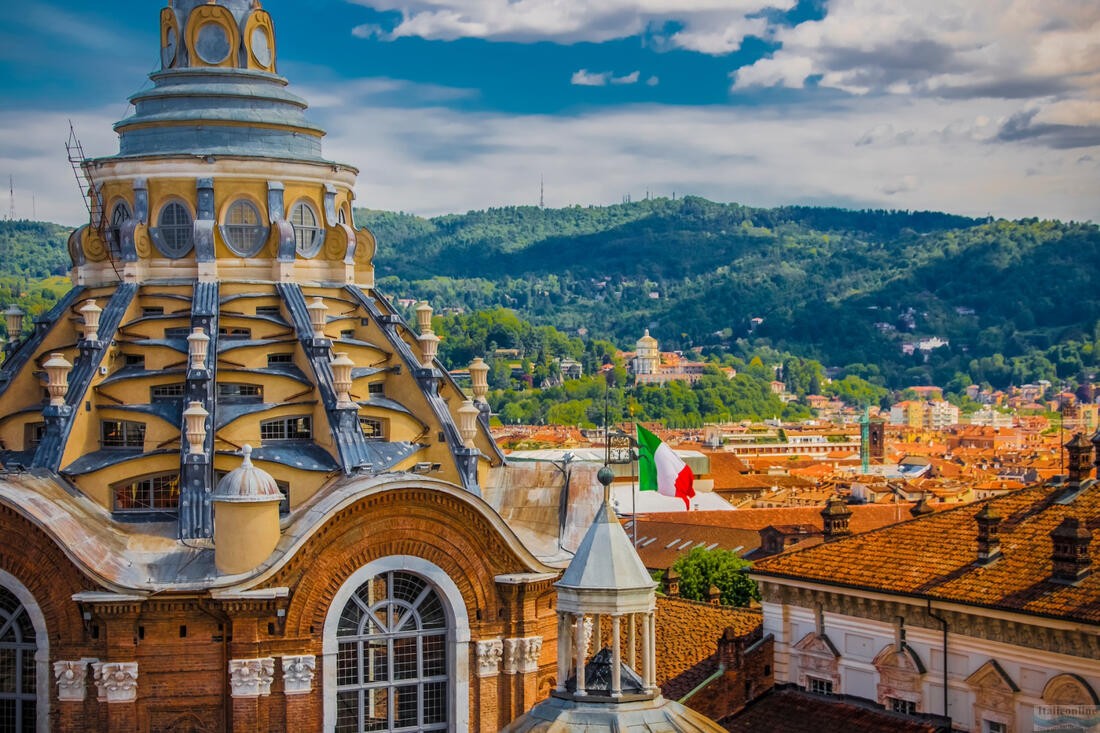
The city is interspersed with architectural curiosities, such as the Turin Galleries. They serve as passages between buildings and their ceilings are entirely covered with glass, through which the sun's rays penetrate, illuminating the interiors of the galleries. Altogether there are three such galleries - Galeria Umberto I, Galeria San Federico, Galeria Subalpina. Inside there are various cafes and restaurants where you can go for a good espresso or some dessert. I definitely recommend going to the galleries, whose interiors are architecturally rich and will leave you with a strong feeling.
In addition to the galleries, there are many other interesting oddities in Turin. For example, as you take the metro from one monument to another, notice that it is a driverless metro. The Turin metro was the first metro in Italy to be operated without a human presence.
During the summer, when the city is hot, you don't have to worry about water shortages. In fact, there are over 800 green fountains all over the city with the head of a bull, from whose mouth flows cold drinking water. There's even an iToret app that shows on a map where these fountains are located.
The city is also very rich in historic cafes, and one such worth mentioning is Caffè Fiorio. The history of this café dates back to 1780 and gradually the Caffè Fiorio became a meeting place for intellectuals and politicians. People such as Cavour, the first Italian Prime Minister, D'Azeglio and Balbo were regulars at the café. Go here for a good morning coffee, which will cost you €1, with a croissant (cornetto in Italian) for just €1.50.


